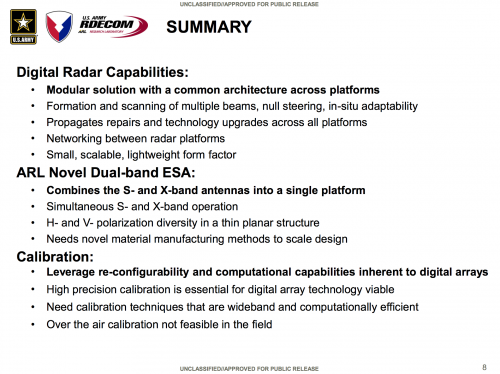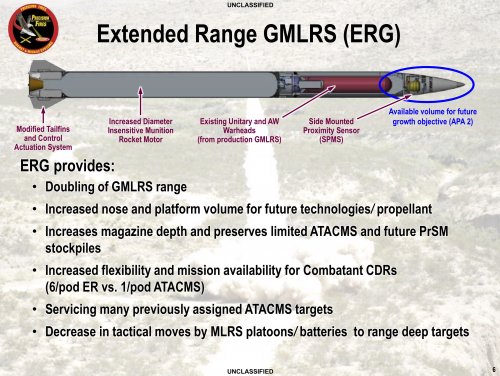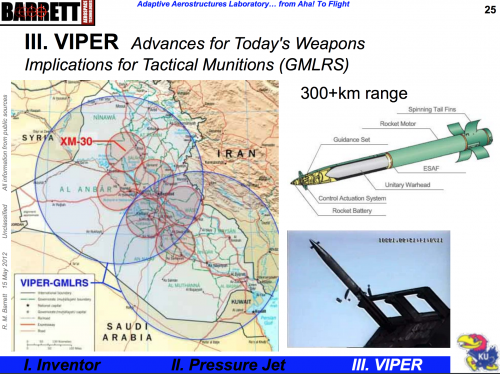jsport
what do you know about surfing Major? you're from-
- Joined
- 27 July 2011
- Messages
- 7,713
- Reaction score
- 5,721
sferrin said:jsport said:One shot wonders are always going to be a logistics burden compared to a 40mm GL carrying returnable UAS.
Not sure what talking about. An expendable UAV/muniton/Grenade is going to be pricey and unreliable compared to real UAS firing a grenade and return to do it again for months or years.
Just to narrow the discussion, what do you consider a "real" UAS?
What a real UAV is not is a cluster bomb stuck to quadrotor being picked up by a third world child and either exploding or not but having "US" written on the submunition and on the quadrotor as it the video is shown on BBC or any news media discussion US operations in the area. Video of fields of crashed quadrotors w/ bombs on them id proof of non military solution. Cluster bombs are limited for a reason an quadrotor/muntions are even more of nightmare. Not sure where the conversation has value.

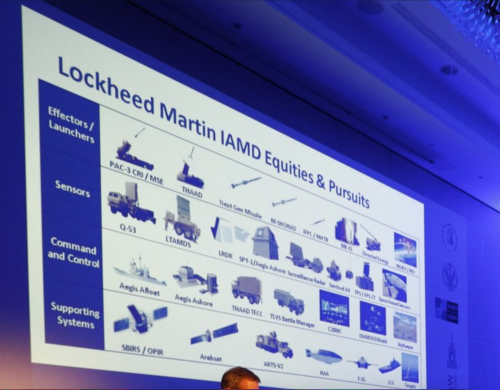
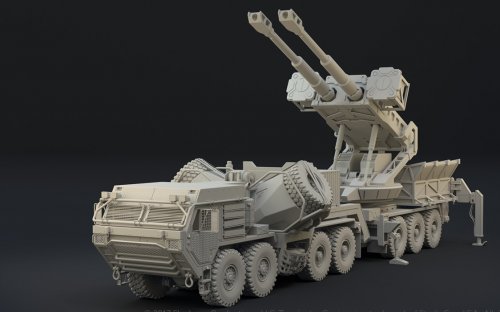
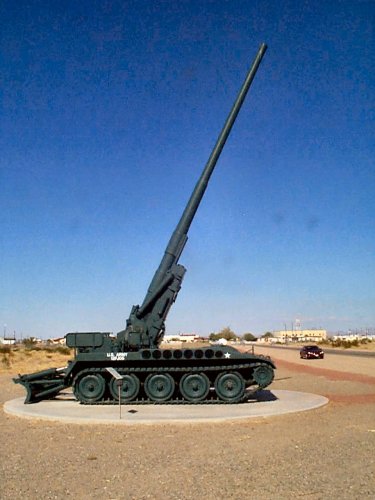
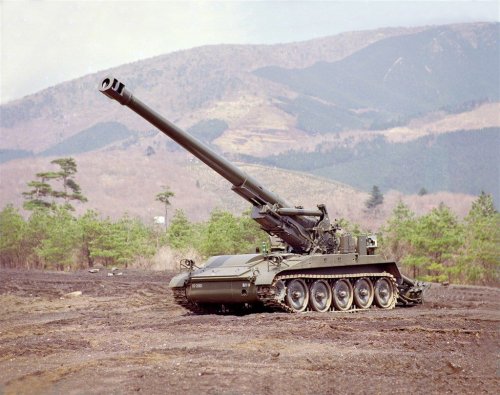

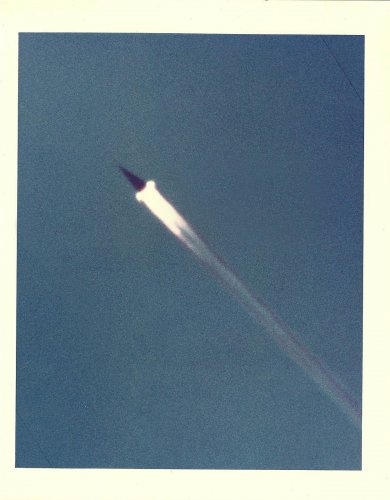
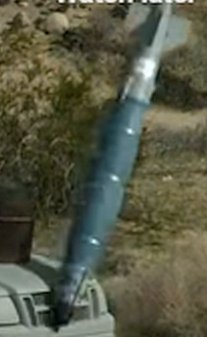
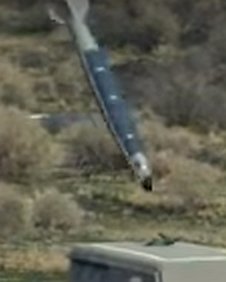
![16.4[1].jpg](/data/attachments/145/145389-831cbb3473535ec848f225abb2d36b5d.jpg)
![GOjpryq[1].png](/data/attachments/145/145391-5f9ea1b54f1bcd8cae0245ed863423f6.jpg)
![g7WqSEI[1].png](/data/attachments/145/145390-abe6389a12a05829f6227da812c6c260.jpg)

